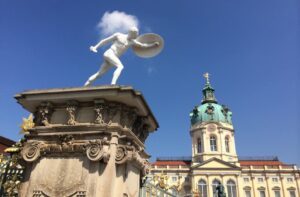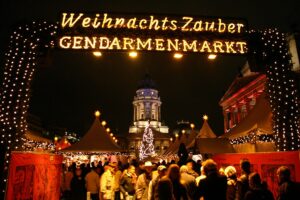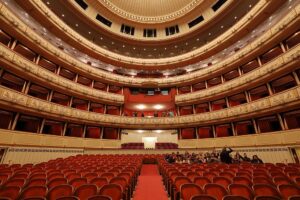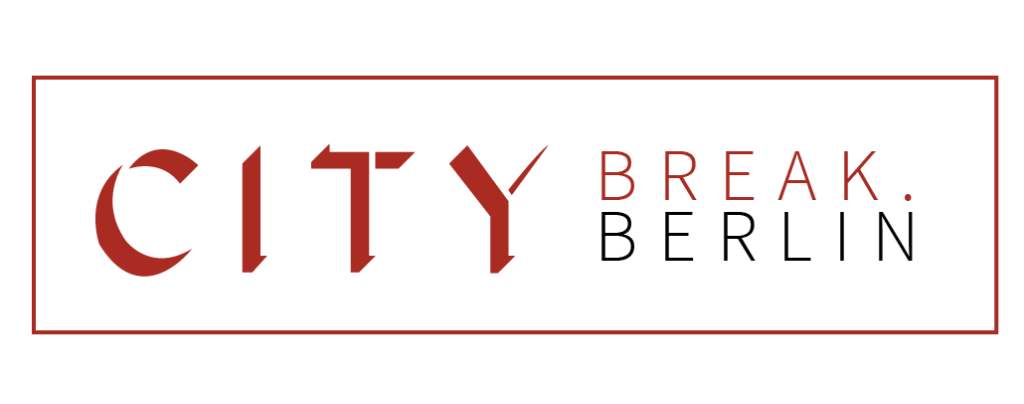The Eastern Gateway: Berlin’s Old Road to Russia
Berlin has always faced east, and even today its heart still beats with an undeniable eastern rhythm. You might think of the German capital as being a quintessentially Western European city, yet Berlin’s soul tells a different story, one that places it as the final frontier of Eastern Europe, a cultural bridge between two worlds. If you wanted to be a bit playful, you can call Berlin the «easternmost western city, and the westernmost eastern city» and not be far off the mark. But the accent, the soul, has always leaned more towards the east.
This orientation is perhaps best reflected by today’s Karl Marx Allee, a grand boulevard that begins at the historic Alexanderplatz and stretches eastward into the fastness of Russia. Under its old name of Gross Frankfurter Strasse, it was part of a centuries-old thoroughfare that connected royal and ultimately imperial Berlin to St. Petersburg, the glittering capital of Imperial Russia on the banks of the Neva. Like a great artery between two hearts of empire, this road pumped with the lifeblood of both cities – carrying trade and diplomacy, revolution and war along its length. It witnessed both ideological power struggles and the quiet flow of everyday life. In Imperial times, and until 1945, it was also called Reich Strasse One as it began its route to Russia, which rather neatly underlines its central importance.
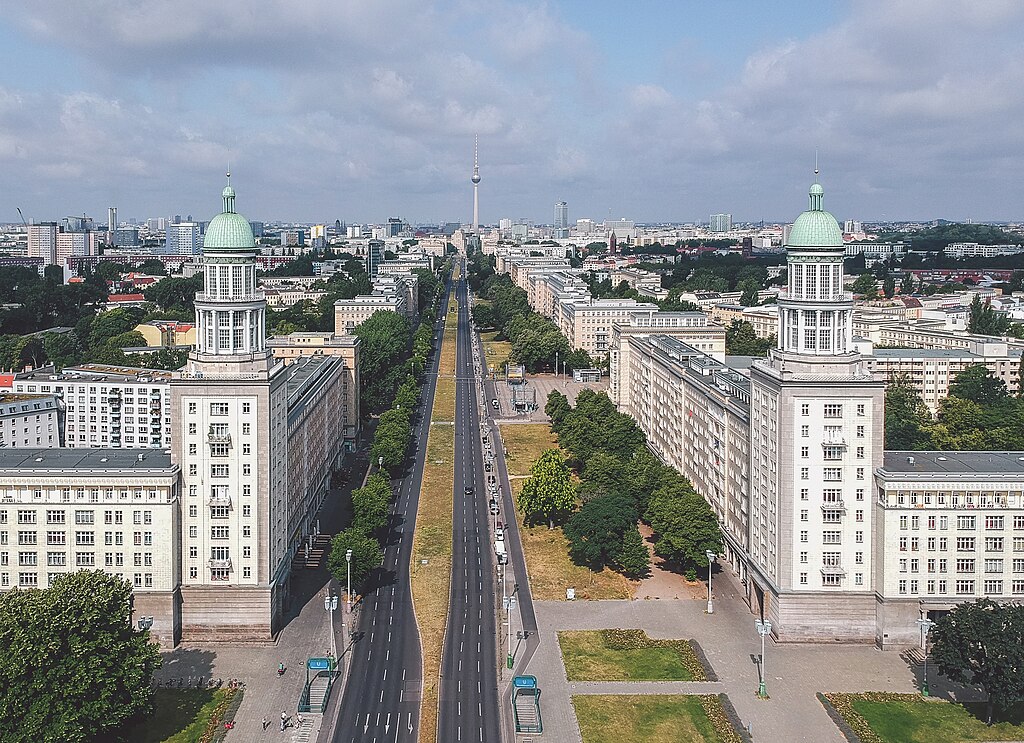
On any trip to Berlin, it’s a must-see if you want to really understand the essence of Berlin’s story.
So, Karl Marx Allee, to give this street its current name, serves as both a physical and cultural compass. Starting at the bustling Alexanderplatz where it meets Otto Braun Strasse, it proceeds in a stately manner to the twin towers of Frankfurter Tor, an architectural gateway that marks the boundary where Karl Marx Allee transitions into its (almost) historical name, Frankfurter Allee. Before we dive into the history of the street itself, it makes sense to explore the neighborhood it also serves, known as Friedrichshain.
Friedrichshain: From Factory Floor to Cultural Core
Friedrichshain emerged as a distinct Berlin district in 1920, when the city expanded through a public vote to incorporate its surrounding areas. The name, which means «Frederick’s Grove,» comes from a public park created in 1840 to honor Frederick the Great’s coronation anniversary.
The district’s character was shaped by the Industrial Revolution. When the Berlin-Frankfurt railway opened in 1846, followed by the city’s first waterworks in 1865, Friedrichshain transformed from a collection of villages into a bustling working-class neighborhood. The district gained further prominence in 1874 with the opening of Berlin’s second major hospital, the Krankenhaus im Friedrichshain, complementing the famous Charité.
By the early 1900s, Friedrichshain had become an industrial powerhouse. Its largest employer, the Knorr-Bremse brake factory, left its mark on the neighborhood – the elegant Knorrpromenade street was built specifically to house the company’s managers. The district’s streets feature the distinctive architectural style made famous during the reign of Kaiser Wilhelm II and which can still be seen in the back streets.
The district’s history took a predictably dark turn during the Nazi period. In 1933, it was renamed Horst-Wessel-Stadt, after a Nazi activist who died in the local hospital after a fight with neighborhood communists. The propagandist Joseph Goebbels used Wessel’s death to create a Nazi martyr out of someone who, in reality, was little more than a street thug.
World War II hit Friedrichshain particularly hard. Allied bombers targeted its factories, leaving much of the district in ruins. After the war, when the Berlin Wall went up in 1961, Friedrichshain ended up in East Berlin, separated from its neighbor Kreuzberg in the West.
Today, Friedrichshain is famous for being one of Berlin’s most vibrant districts, known for its mix of history and contemporary culture. Along Simon-Dach-Straße and around Boxhagener Platz, you’ll find a bustling scene of cafes, bars, and restaurants that attract both locals and visitors. The district has transformed from its industrial roots into a creative hub, home to media companies, design studios, and a thriving arts scene, all with an undercurrent of counter-culture and edginess. Any walk in the area after the sun sets brings this vibe to life.
A Boulevard of Revolution and Rebirth: Gross Frankfurter Strasse
Back to the area’s main thoroughfare. Being such an important artery meant that this stretch of road saw its fair share of interesting events. It witnessed barricades and fights during the course of the Revolution of 1848 and the Revolution of 1919, both fought out on the streets of Berlin in the name of liberty from oppression. Both, in their own way, ultimately failed.
War devastated the old Gross Frankfurter Strasse and its residents. The Soviet Red Army used the road as one of its main axes of advance into the heart of the city in April 1945, and heavy fighting, featuring the extensive use of heavy artillery, meant that this quarter of Hitler’s capital suffered particularly severe destruction. This meant that it was ripe for a total redevelopment in the post war years, and the Soviet occupation authorities and then the DDR, to give Communist East Germany its formal name, lost no time in transforming the road into a showpiece of communist ideals.
Yet things were not quite as simple as that, and the road ultimately ended up less as a testament to a united concept of a political idea, and more as a museum of the evolution of communist architecture and the shifting notions of how communist architecture ought to look like.
The First Phase of Reconstruction
Hans Scharoun, the architect tapped to lead the rebuilding in this area, dreamed of transforming the bombed-out city into a series of peaceful neighborhoods filled with green spaces. His plan, known as the Collective Plan, would break away from Berlin’s dense pre-war layout in favor of open, airy spaces where people could live more comfortably.
In 1949, Scharoun got his chance to test these ideas. He designed and built two apartment buildings along Gross Frankfurter Strasse, as of 1949 renamed Stalinallee. These buildings featured distinctive ground-floor arcades and stood as forward-looking symbols of a possible new future for Berlin.
But politics soon intervened. East German authorities ultimately rejected Scharoun’s vision as too «Western» and «decadent.» Instead, they opted for a completely different style – grand, imposing buildings inspired by Soviet «Stalin Empire» architecture. The new plan would transform Stalinallee into a massive showcase boulevard for the young East German state.
Scharoun’s two buildings suddenly found themselves out of place in this plan. To hide this architectural awkwardness, city officials planted fast-growing poplar trees in front of them. These trees served as a green curtain, helping to mask the fact that these buildings stood as remnants of a very different vision for Berlin’s future. In place of humble and functional housing, the imperial scale bragging of the Soviet victors in the war would take over.
Looking Forward…
Next week, we’ll dive into the fascinating and atmospheric structures you can see and explore today along Karl Marx Allee, one of East Berlin’s most prominent landmarks and today one of the largest of Germany’s officially «protected landmarks.»

